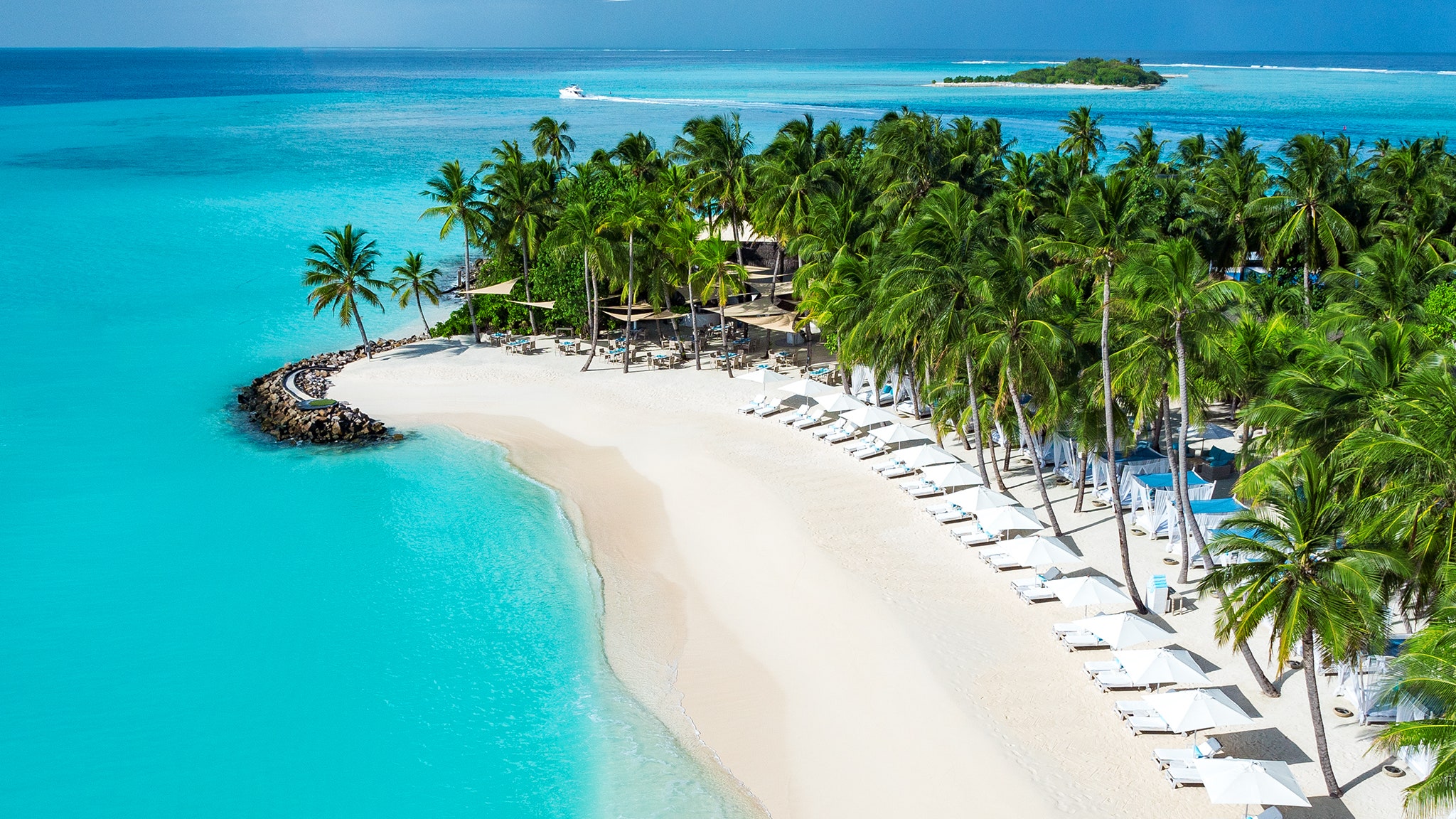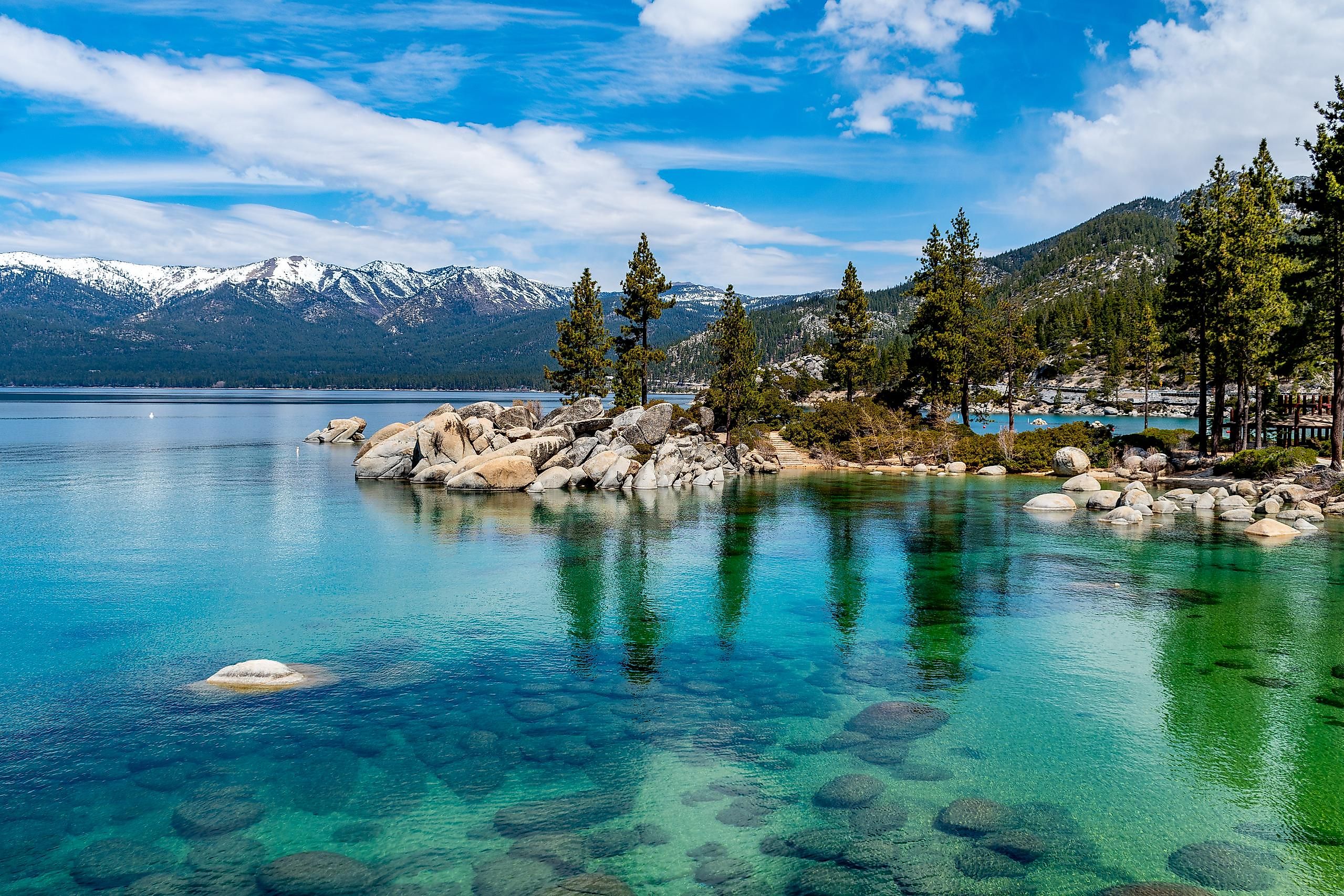Top ten vacation destinations in the US: Planning your next getaway? This comprehensive guide unveils the nation’s best vacation spots, meticulously ranked using a robust scoring system that considers natural beauty, cultural richness, cost of living, and much more. From breathtaking national parks to vibrant cityscapes, we’ve curated a list catering to diverse travel styles and budgets, ensuring an unforgettable experience, no matter your preference.
Our ranking methodology incorporates a balanced assessment of various factors. We’ve evaluated destinations across diverse regions, highlighting unique attractions and activities while factoring in economic considerations and sustainability initiatives. The result? A carefully selected list of top destinations, each offering a unique blend of adventure, relaxation, and cultural immersion. Discover hidden gems and iconic landmarks, from the rugged beauty of the West to the historical charm of the East Coast.
Prepare to be inspired.
Defining “Top Ten”
Compiling a list of the top ten vacation destinations in the US requires a robust and objective methodology. Simply relying on popularity alone would neglect crucial factors contributing to a truly exceptional vacation experience. Therefore, a multi-faceted approach, incorporating several key criteria, is essential for a fair and informative ranking.The ranking methodology employed here considers a range of factors to provide a comprehensive assessment of each destination’s appeal.
A weighted scoring system ensures that no single factor dominates the ranking, allowing for a balanced representation of diverse travel preferences. Destinations are scored individually on each criterion, and these scores are then weighted to arrive at a final ranking.
Criteria for Ranking Vacation Destinations
Five key criteria were selected for evaluating US vacation destinations: Natural Beauty, Cultural Attractions, Cost of Living, Accessibility, and Safety. These criteria represent a balance between subjective appeal and practical considerations vital to the overall vacation experience.
The weighting system allocates points to each criterion as follows: Natural Beauty (30%), Cultural Attractions (25%), Cost of Living (20%), Accessibility (15%), and Safety (10%). This weighting reflects the relative importance of each factor in the overall vacation experience. Natural beauty and cultural attractions receive higher weights due to their significant impact on the overall enjoyment of a vacation. Cost of living is also heavily weighted as it directly impacts the affordability of the trip.
Accessibility and safety, while essential, are given slightly lower weights, as many destinations can excel in other aspects while still maintaining reasonable standards in these areas.
Scoring Rubric
Each criterion is assessed using a numerical scale, ranging from 1 (lowest) to 5 (highest). The scores are then multiplied by the corresponding weight percentage to determine the final weighted score for each criterion. The sum of these weighted scores for each destination yields its final rank.
| Criterion | Weight (%) | Scoring Scale (1-5) | Example: Yellowstone National Park |
|---|---|---|---|
| Natural Beauty | 30 | 1: Minimal; 5: Exceptional | 5 (Exceptional geothermal features, diverse landscapes) |
| Cultural Attractions | 25 | 1: Few or limited; 5: Rich and diverse | 3 (Native American history and interpretive centers) |
| Cost of Living | 20 | 1: Very high; 5: Very low | 2 (Moderate lodging and dining costs in gateway towns) |
| Accessibility | 15 | 1: Very difficult; 5: Very easy | 4 (Well-maintained roads and established visitor infrastructure) |
| Safety | 10 | 1: High crime rates; 5: Very safe | 4 (Generally safe, but requires awareness of wildlife) |
For example, using the above scores for Yellowstone National Park: (5*0.3) + (3*0.25) + (2*0.2) + (4*0.15) + (4*0.1) = 3.55. This weighted score is then compared to scores calculated for other destinations to determine the final ranking.
Geographic Diversity: Top Ten Vacation Destinations In The Us
The United States boasts a remarkable range of landscapes and climates, contributing significantly to the diversity of its top vacation destinations. Understanding this geographic diversity is crucial for selecting a vacation spot that aligns with individual preferences and expectations. This section highlights three distinct regions, showcasing the variety of experiences available across the country.
Analyzing regional differences in climate and landscape allows potential travelers to make informed decisions based on their desired vacation activities. Factors such as preferred temperature, preferred outdoor activities (hiking, swimming, skiing, etc.), and tolerance for extreme weather conditions will influence the choice of region and specific destination.
Regional Destination Comparison
The following table and descriptions compare three distinct US regions, showcasing the diverse climate and landscape features available to travelers. We’ve selected destinations representing the unique character of each region.
| Region | Destination | Key Feature | Average Annual Temperature (°F) |
|---|---|---|---|
| Northeast | Acadia National Park, Maine | Rugged coastline, granite peaks, diverse forests | 45 |
| Northeast | New York City, New York | Iconic skyscrapers, diverse cultural attractions, vibrant nightlife | 54 |
| Southeast | Outer Banks, North Carolina | Barrier islands, beaches, historical lighthouses | 62 |
| Southeast | Great Smoky Mountains National Park, North Carolina/Tennessee | Appalachian Mountains, diverse flora and fauna, hiking trails | 55 |
| Southwest | Grand Canyon National Park, Arizona | Massive canyon carved by the Colorado River, stunning sunsets | 60 |
| Southwest | Santa Fe, New Mexico | Historic adobe architecture, art galleries, Southwestern culture | 57 |
The Northeast, with its destinations like Acadia National Park and New York City, presents a contrast between the rugged beauty of a coastal national park and the bustling energy of a major metropolis. Acadia offers cooler temperatures and a landscape defined by dramatic rock formations and dense forests, while New York City experiences milder temperatures and a vastly different urban environment.
The Southeast offers a warmer climate and distinct coastal and mountainous landscapes. The Outer Banks provide a classic beach vacation experience with warmer temperatures and a relaxed atmosphere, while the Great Smoky Mountains National Park offers a cooler, mountainous escape with opportunities for hiking and exploring diverse ecosystems. The average annual temperature difference between these two destinations reflects their contrasting geographical features.
Finally, the Southwest showcases a drier climate and unique geological formations. The Grand Canyon, with its awe-inspiring scale and dramatic vistas, experiences warm temperatures year-round, while Santa Fe, with its unique blend of history and culture, offers a slightly milder climate within the region. The difference in average annual temperature between these two Southwest destinations is relatively small, reflecting their proximity and similar elevation.
Obtain access to educational tours for adults to private resources that are additional.
Accessibility and Inclusivity
The United States boasts a diverse range of vacation destinations, but true inclusivity extends beyond simply offering a variety of experiences. A truly top-tier destination prioritizes accessibility and caters to the needs of all travelers, regardless of physical ability, cultural background, or other individual circumstances. This section highlights destinations demonstrating exemplary commitment to accessibility and inclusivity.Accessibility features for travelers with disabilities vary significantly across the country.
However, some destinations are leading the way in providing welcoming and accessible experiences.
Accessible Destinations: Examples of Inclusive Practices
Several destinations are actively working to improve accessibility. For instance, Hawaii, known for its stunning natural beauty, is increasingly focusing on accessibility improvements. Many hotels and resorts in Hawaii are adapting their facilities to meet ADA (Americans with Disabilities Act) standards, offering features such as wheelchair-accessible rooms, ramps, and adapted bathrooms. Furthermore, some national parks in Hawaii are working to improve trail access for wheelchair users, offering paved paths and accessible viewing areas.
Similarly, National Parks in California are increasingly investing in accessible infrastructure, such as improved trail access, accessible restrooms, and audio descriptions of exhibits. This commitment reflects a growing awareness of the importance of inclusivity within the tourism sector.
Destinations Catering to Diverse Cultural and Ethnic Backgrounds
Beyond physical accessibility, cultural inclusivity is paramount. Miami, Florida, with its rich Cuban heritage, offers a vibrant cultural experience that caters to a diverse range of ethnic backgrounds. The city’s culinary scene, featuring authentic Cuban cuisine alongside other international flavors, reflects this diversity. Similarly, cultural events and festivals celebrate a wide spectrum of traditions, ensuring a welcoming environment for all visitors.
New Orleans, Louisiana, renowned for its unique blend of French, African, and American cultures, provides another strong example. The city’s diverse culinary traditions, music scene, and historical sites showcase a rich tapestry of cultural influences, creating a welcoming environment for travelers from all backgrounds.
Inclusivity Initiatives by Tourism Boards, Top ten vacation destinations in the us
Many tourism boards are actively implementing initiatives to promote inclusivity. For example, some boards have developed accessible tourism guides and websites, providing information on accessible accommodations, transportation, and attractions. Other boards are partnering with disability organizations to develop training programs for tourism staff on how to better serve travelers with disabilities. These initiatives represent a proactive effort to ensure that all travelers feel welcome and included.
Furthermore, some tourism boards are actively promoting destinations that are known for their inclusive and welcoming atmosphere, helping to attract a wider range of visitors and boosting the local economy.
Beyond the Top Ten
While our top ten list showcases the cream of the crop in US vacation destinations, numerous other locations offer compelling experiences and deserve recognition. These honorable mentions represent a diverse range of attractions and cater to a variety of travel styles, showcasing the sheer breadth of vacation possibilities within the United States. Their exclusion from the top ten reflects factors such as intense competition, slightly less developed infrastructure in some cases, or perhaps a narrower appeal to a specific niche of travelers.
Honorable Mentions: Diverse Destinations Worthy of Exploration
The following five destinations, while not making the top ten, provide unique and enriching travel experiences. Their appeal stems from their distinctive character, natural beauty, or cultural significance. Each offers a compelling alternative for travelers seeking something beyond the most popular choices.
- Acadia National Park, Maine: This stunning coastal park in Maine offers breathtaking views, challenging hiking trails, and a rich history. Its rugged beauty and proximity to charming coastal towns make it an ideal destination for nature lovers and outdoor enthusiasts. The park’s iconic granite peaks and diverse wildlife provide ample opportunities for exploration and relaxation.
- Charleston, South Carolina: Steeped in history and Southern charm, Charleston boasts antebellum architecture, cobblestone streets, and a vibrant culinary scene. Its unique blend of history, culture, and hospitality creates an unforgettable experience, particularly for those interested in American history and elegant cityscapes. The city’s historic district offers a captivating glimpse into the past.
- Santa Fe, New Mexico: This high-desert city is known for its unique blend of Native American, Spanish, and Mexican cultures. Its vibrant art scene, historic adobe architecture, and stunning natural surroundings provide a culturally rich and visually stunning vacation experience. The city’s numerous art galleries and museums offer a deep dive into its artistic heritage.
- Asheville, North Carolina: Nestled in the Blue Ridge Mountains, Asheville is a haven for outdoor enthusiasts and art lovers alike. Its thriving arts and crafts scene, stunning mountain views, and numerous breweries make it a popular destination for a variety of travelers. The city’s proximity to numerous hiking trails and waterfalls adds to its appeal.
- Olympic National Park, Washington: This vast park boasts a remarkable diversity of ecosystems, from rainforests to mountains to coastline. Its dramatic landscapes, abundant wildlife, and opportunities for hiking, camping, and exploring the Pacific Ocean provide an unparalleled experience for nature lovers. The park’s three distinct regions offer a truly diverse range of experiences.
Ultimately, the “best” vacation destination is subjective, depending on individual preferences and travel styles. However, this exploration of the top ten vacation destinations in the US offers a solid starting point for planning your next adventure. Whether you seek thrilling outdoor activities, tranquil relaxation, or rich cultural experiences, the United States boasts a diverse range of options to satisfy every traveler.
So, pack your bags, embrace the journey, and discover the magic of these incredible locations.


